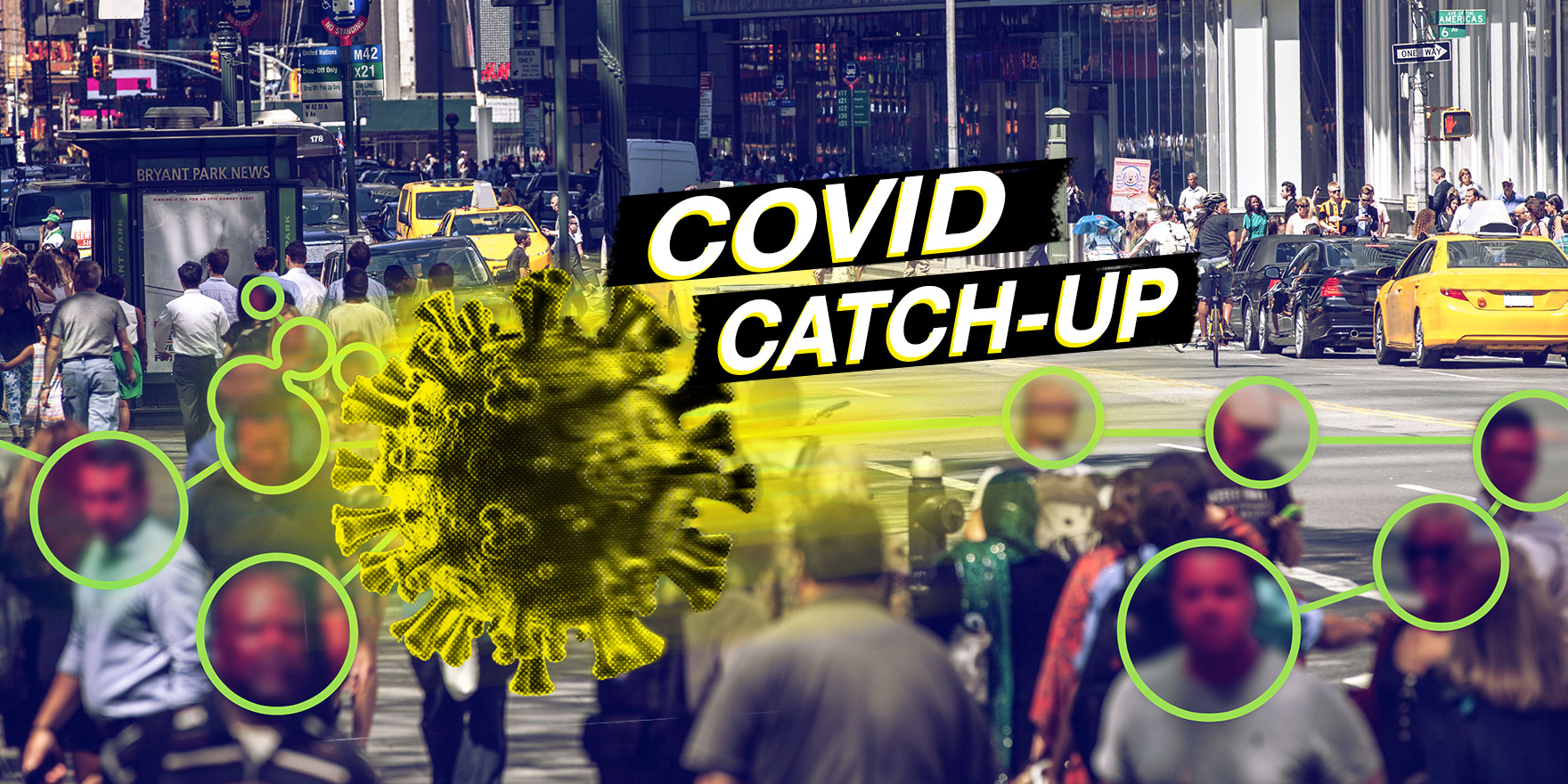And globally, COVID-19 infection numbers continue downward trend.
Welcome to The Medical Republic’s COVID Catch-Up.
It’s the day’s COVID-19 news in one convenient post. Email bianca@biancanogrady.com with any tips, comments or feedback.
10 February
- WHO investigation of SARS-CoV-2 origins supports natural source, most likely bats.
- Global COVID-19 numbers continue to drop.
- Latest confirmed COVID-19 infection numbers from around Australia.
Detailed studies of the earliest cases and spread of SARS-CoV-2 in Wuhan point to a natural source of the virus and not a laboratory source, say WHO’s investigators.
Speaking at a press conference, members of the WHO-convened Global Study of the Origins of SARS-CoV-2 presented a summary of their investigation so far into when, where and how the COVID-19 pandemic began.
Despite SARS-CoV-2’s genetic similarity to coronaviruses found in bats and pangolins, the team have not yet been able to directly link SARS-CoV-2 to its animal source or identify where and when it crossed over into humans.
“Since Wuhan is not a city or environment close to these bat environments, direct jump is not very likely,” said Professor Marion Koopmans, member of the WHO international team and head of the Department of Viroscience at the University of Rotterdam. “Therefore we have tried to find what other animal species were introduced and moving in and out of the city and potentially have contribute to introduced viruses, particularly in Huanan markets.”
Dr Liang Wannian, Executive Vice Dean of school of public health at Tsinghua, noted that the high susceptibility of mink and cats to SARS-CoV-2 suggests there may be other species of animals that have served as the reservoir of the virus, and that these possible reservoirs of zoonotic disease are massively undersampled.
Researchers also looked at large numbers of human samples collected in the second half of 2019 from Wuhan and surrounds, and found no evidence that SARS-CoV-2 was circulating before December 2019. However there was evidence of the virus in samples taken several weeks before the first cases were diagnosed in mid-December, and there was the possibility that the virus was also present outside Wuhan at that time.
Many of the early cases were associated with the Huanan seafood market, and these were found to have identical viral genomes, suggesting a cluster. However other cases were associated with other markets, and some had no link to any markets at all.
“The picture we see is a very classical picture of the start of an emerging outbreak where we start with a few sporadic cases early on in the months of December and then we start to see small outbreaks where the disease starts to spread in clusters,” Koopmans said.
The official report has not yet been released, but strikes a blow against earlier conspiracy theories touted by people such as Donald Trump, suggesting the virus was engineered.
Globally, the number of new cases has declined 17% in the past week compared to the previous week and deaths have declined 10% according to the latest figures from WHO.
Here are the latest confirmed COVID-19 infection numbers from around Australia to 9pm Wednesday:
National – 28,860 with 909 deaths
ACT – 118 (0)
NSW – 5125 (2)
NT – 102 (0)
QLD – 1315 (0)
SA – 603 (0)
TAS – 234 (0)
VIC – 20,456 (0)
WA – 907 (0)



